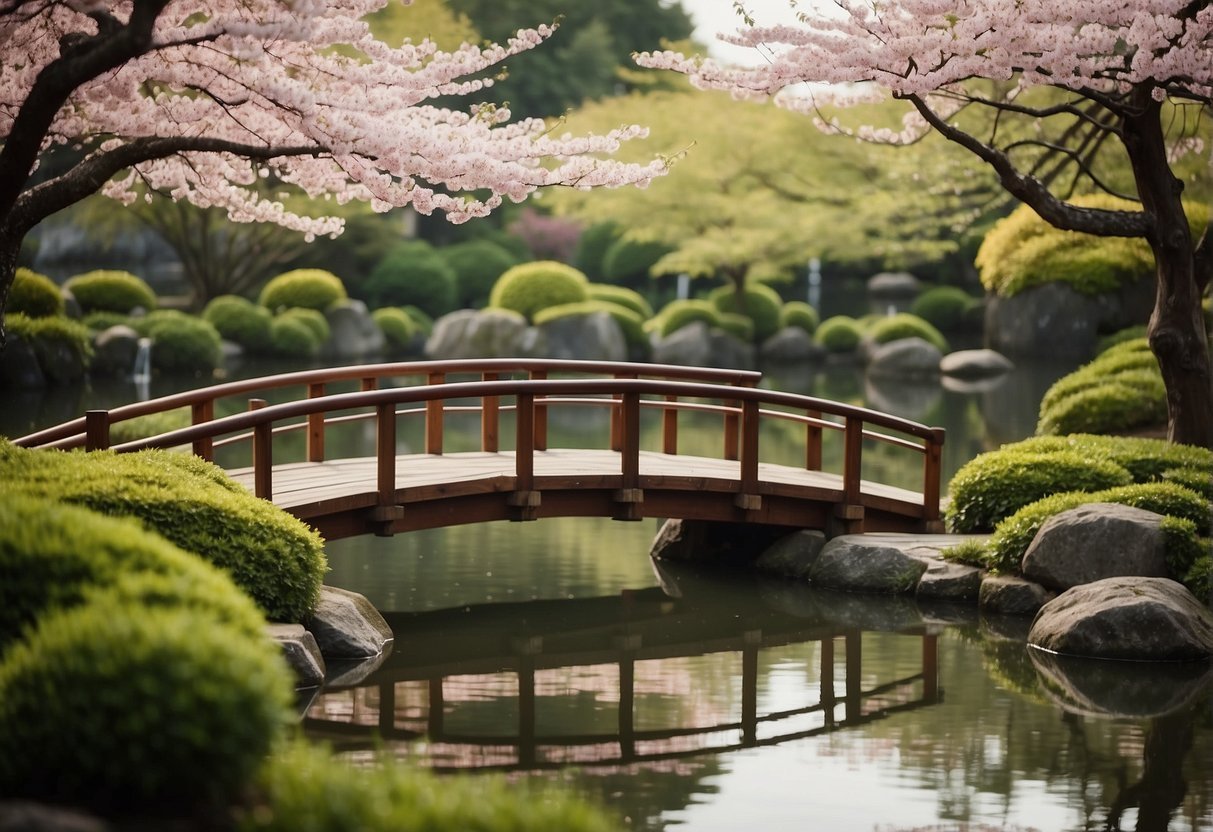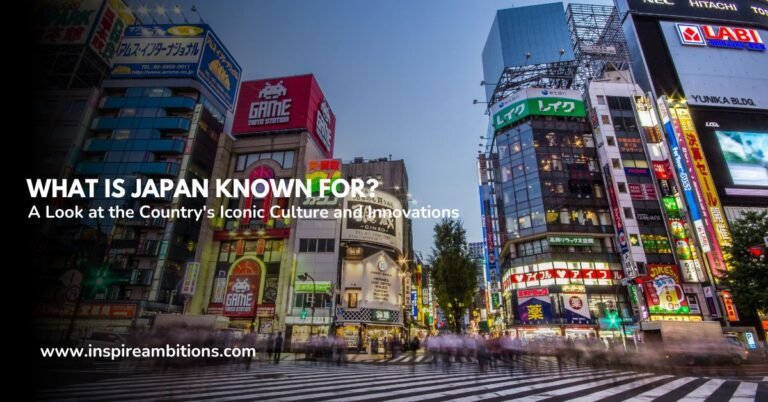Japan Watercolour Techniques – Unveiling Traditional Art Methods
Watercolours from Japan have a rich tradition that offers a unique experience for artists. With watercolour painting, you can blend vivid, delicate hues with fluid brush strokes, capturing a sense of momentary beauty often associated with the Japanese aesthetic.
The traditional Japanese watercolour is known as gansai, distinct from Western watercolours. You might appreciate learning that gansai typically comes in individual pans and is more opaque than its Western counterpart.
Enjoy the wide range of 100 beautiful Japanese colours in the gansai series, which can be used without much mixing, offering bold, lightfast colours.
If you’re curious about an approachable Japanese painting form, etegami—a folk art that combines simple images with handwritten words—is a fun and easy way to start.
Artists often seek specific qualities in their watercolours, and Japanese watercolor brands provide several unique features that enhance your painting journey. For instance, gansai has a creamy, glossy finish, unlike the matte finish typical of Western watercolours.
This attribute can add a compelling dimension to your artwork, making it stand out. If you’re planning to explore the outdoors with your art, you’ll find value in the way gansai dissolves easily in water and is convenient for both preparation and clean-up—ideal for plein-air painting sessions.
Whether you are drawn to traditional methods or innovative techniques, Japanese watercolours provide the tools to express your creative vision.
The Art of Japanese Watercolor

Discover the rich traditions of Japanese watercolour, an artistic practice that embodies the delicate balance between simplicity and depth. Gansai, the traditional watercolour medium, draws you into a world where every brushstroke blends history, technique, and cultural expression.
History and Evolution
Japanese watercolour has its roots in traditional sumi-e ink paintings, evolving over centuries. Initially serving religious and cultural narratives, watercolour in Japan developed into a cherished art form known for its distinctive gum Arabic binder 和 vibrant pigments.
Gansai, unlike Western watercolours, traditionally used animal glue as a binder, but modern adaptations often include synthetic alternatives for a similar effect.
Techniques and Styles
Watercolour techniques in Japan are uniquely characterized by the opacity 和 透明度 of colours achieved through mixing 和 dilution. The art emphasizes fluidity 和 grace, often leveraging the lightfast nature of the pigments. Sketching is less about detail and more about capturing the subject’s essence with minimal yet deliberate strokes.
Notable Japanese Artists
Among the panoramic landscape of talented painters, a few have garnered particular acclaim. Artists like Shibasaki have significantly contributed to Japanese watercolours, providing visual narratives that bridge tradition with contemporary contexts. Their works often grace the walls of 画廊 and become the highlights of various exhibitions across Ashiya and beyond.
Materials and Tools
Choosing the suitable materials and tools is crucial in Japanese watercolour painting to achieve the desired aesthetic and quality. The paper, brushes, paints, and palettes you select can significantly influence the outcome of your artwork.
Choosing Paper and Brushes
Paper: Your choice of paper can make a significant difference. Japanese watercolour paper, typically made from kozo (mulberry) or a blend of materials, is known for its ability to hold water and pigment, which lends a particular characteristic to the painting’s light 和 details.
Opting for specialty papers that are both absorbent yet resistant to warping is recommended. Look for terms like “Gansai”, which relates to a traditional, vibrant style of Japanese watercolour painting.
Brushes: Brushes can vary widely, but soft and flexible bristles are ideal for watercolours. Consider brushes made with animal hair, as they can hold water and paint. The size and shape of the brush will control the details you can paint, so it’s wise to have a variety on hand, from pointed to wide.
Paints and Palettes
Paints: Japanese watercolour paints, often found in pans, differ from Western watercolours in composition, typically using animal glue as a binder.
This results in a glossier finish, mainly when applied in generous amounts. Gansai paints are known for their thick, opaque qualities, which yield vibrant and expressive results.
Palettes: When setting up your palette, systematically arranging your colours will allow easier mixing and access. Ceramic or plastic palettes with wells help separate your paints and make cleaning easier after your painting session.
By understanding and thoughtfully selecting your materials and tools, you set the stage for creating beautiful Japanese watercolour paintings.
Watercolor Techniques in Practice
When pursuing the delicate art of watercolour, understanding how to manage water and pigment is crucial, as is capturing the interplay of light and shadow. These fundamentals allow you to bring drawings of nature and outdoor scenes to life with depth and vibrancy.
Mastering Water and Pigment
It’s essential to balance water and pigment to create stunning watercolour paintings. Successful mixing is key. Here’s a straightforward approach:
- Begin with a wash: This foundational step involves moistening the watercolour paper. Preparing your paper this way helps you lay down a translucent layer of color representing subtle tones in nature or a vibrant sky.
- Build intensity: Add more pigment to your brush to strengthen the colour. This technique allows you to define different elements in your artwork, such as the varied greens in plein-air landscapes.
Capturing Light and Shadow
Light and shadow are the soul of a painting; they define forms and inject life into your scenes.
- Identify the light source: Always determine where the light in your composition is coming from. This knowledge will help you understand where the shadows should fall, creating a more realistic portrayal of your subject.
- Preserve the whites: Instead of using white paint, reserve the white of the paper to represent the purest highlights in your artwork. Plan and protect these areas as you layer your washes.
Remember, the path to proficiency in watercolour is through consistent practice and patience. Whether drawing a simple leaf or setting up your easel outdoors, these techniques will elevate your work from mere representations to evocative pieces filled with emotion and atmosphere.
Cultural and Contemporary Influence
Watercolour painting is significant in Japanese art, intricately weaving traditional imagery with modern expressions and extending its influence beyond borders to inspire artists worldwide.
Traditional Imagery in Modern Works
In Japan, watercolour art serves as a bridge between past and present. Through the delicate brush strokes of contemporary artists, you can often spot timeless elements like nature’s serenity or cherry trees’ blossoming in Kyoto.
These traditional themes are revitalized in modern illustrations, frequently showcased in travel brochures and YouTube tutorials, highlighting their enduring appeal. These works remain an essential part of home decoration, inviting a piece of Japanese tranquillity into living spaces.
Global Recognition and Influence
The impact of Japanese watercolour has reached the global stage, with the International Watercolor Society hosting events that feature Japanese artists. These individuals often achieve international acclaim, underlining the worldwide appeal of the subtle yet expressive Japanese watercolour techniques.
The ubiquity of the internet has allowed artists to share their work online, influencing watercolour enthusiasts in places as far as the U.S., capturing scenes of boats gently swaying on quiet waters or the play of light on 自然景观.






